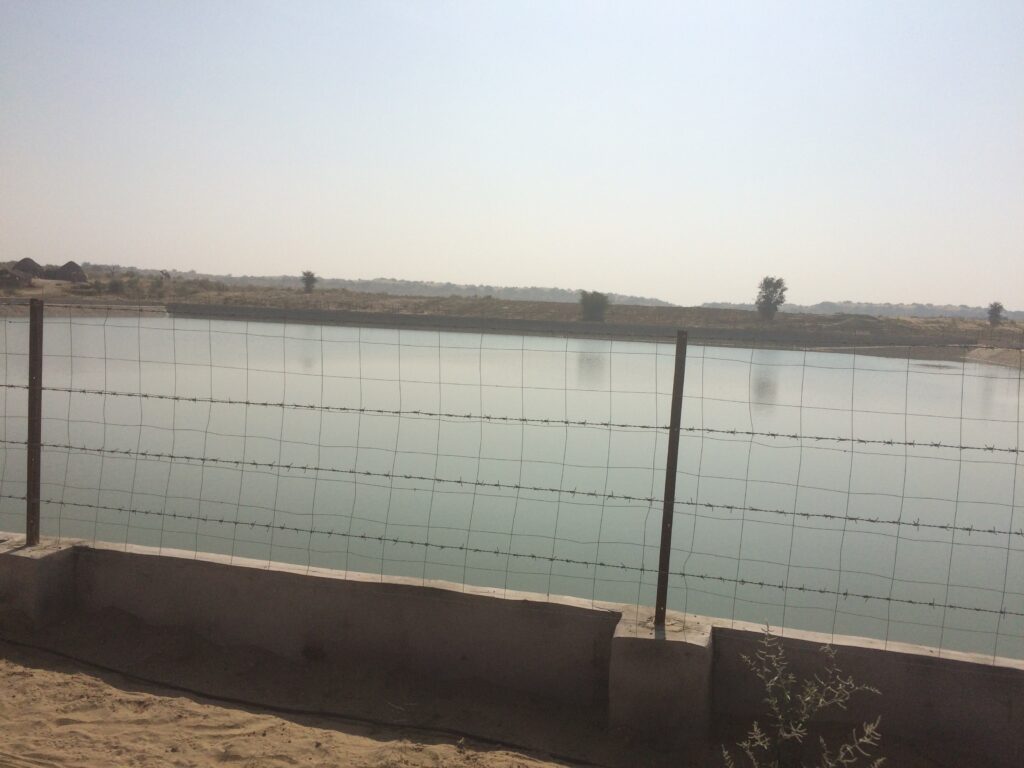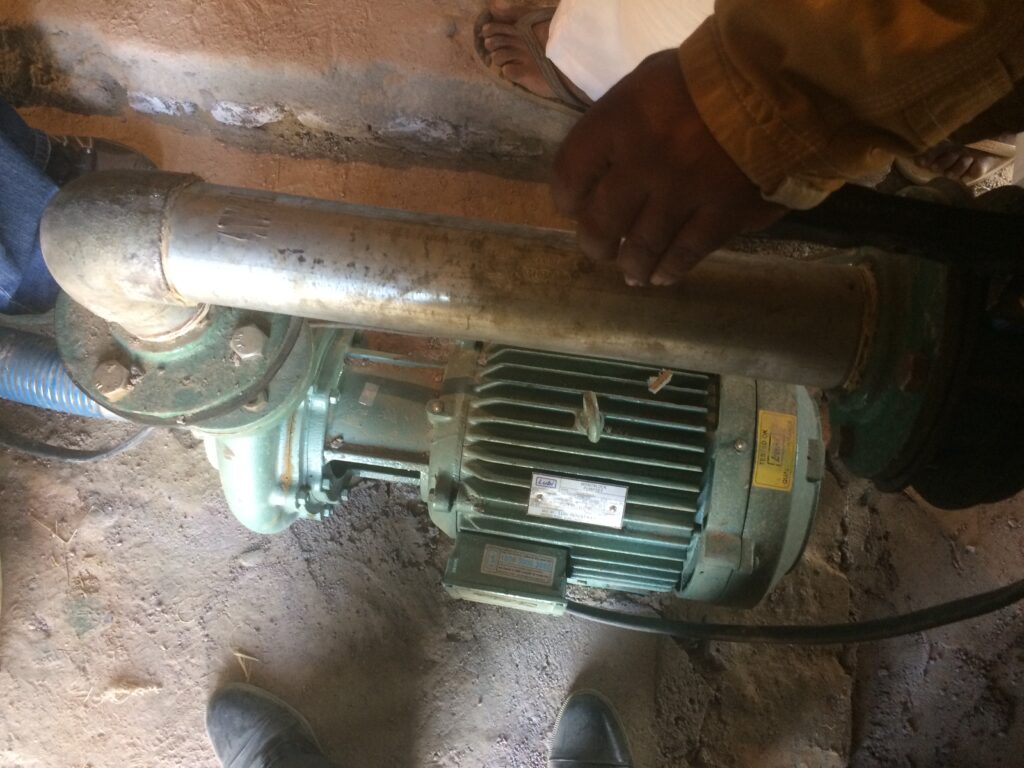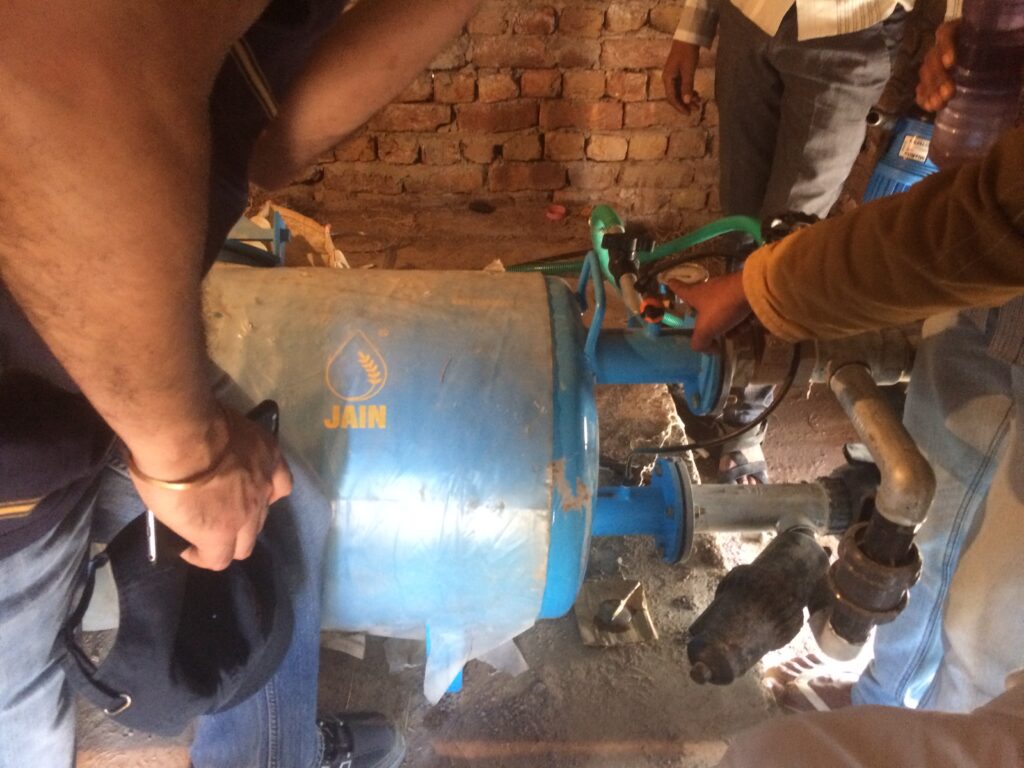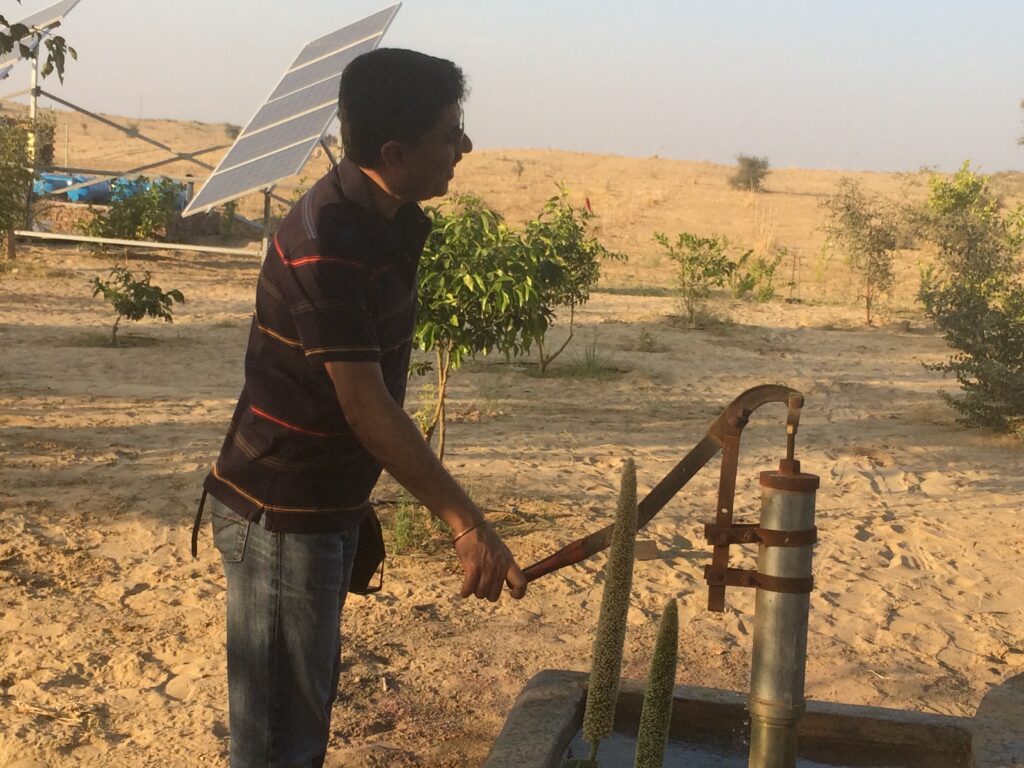SOLAR DEVELOPMENT IN INDIA
Niyant Singh, Department of Electronics and Telecommunication, Bharati Vidyapeeth College of Engineering, Navi Mumbai.
Abstract
Today, India has the largest
decentralized solar energy programme, the second largest biogas and improved
stove programmes, and the fifth largest wind power programme in the world.
Primarily my aim is to explain people about the emerging solar field in India.
The main reason for no quick development is because general public is still
unaware about solar products and the benefits of renewable energy. Photovoltaic’s can provide tiny amounts of power for watches, large
amounts for the electric grid, and everything in between. Concentrating solar
power technologies use reflective materials to concentrate the sun’s heat
energy, which ultimately drives a generator to produce electricity. Hence
in this report I have covered every single aspect of solar power from basic
solar cell to uses applications, products, market and future plans. This report
gives an overview of the menu of technologies and the scope for solar
development in India. It tells the people in brief about the current position
of solar energy in India, the potential in various areas and the targets that
the country has set for itself, thus preparing the ground for more
comprehensive information and a ready reckoner. We realize the purchase of a
photovoltaic system can be a challenging task. Here you can find information
about how solar power is generated, how solar systems are constructed and function.
To learn more download our file and understand more about the development of solar energy.
Solar Pumps
Solar-powered pumps run on electricity generated by photovoltics panels or the radiated thermal energy available from collected sunlight as opposed to grid electricity or diesel run water pumps.
Generally, solar powered pumps consist of a solar panel array, solar charge controller (MPPT), DC water pump, fuse box/breakers, electrical wiring and a water storage tank.[
The operation of solar powered pumps is more economical mainly due to the lower operation and maintenance costs and has less environmental impact than pumps powered by an internal combustion engine (ICE). Solar pumps are useful where grid electricity is unavailable and alternative sources (in particular wind) do not provide sufficient energy
Components
A photovoltaic solar powered pump system has three parts:
- solar panels.
- the controller
- the pump
The solar panels make up most (up to 80%) of the systems cost. The size of the PV-system is directly dependent on the size of the pump, the amount of water that is required (m³/d) and the solar irradiance available.
The purpose of the controller is twofold. Firstly, it matches the output power that the pump receives with the input power available from the solar panels. Secondly, a controller usually provides a low voltage protection, whereby the system is switched off, if the voltage is too low or too high for the operating voltage range of the pump. This increases the lifetime of the pump thus reducing the need for maintenance. Other ancillary functions include automatically shutting down the system when water source level is low or when the storage tank is full, regulating water output pressure, blending power input between the solar panels and an alternate power source such as the grid or a petrol generator, and remotely monitoring and managing the system through an online portal offered as a cloud service by the manufacturer.
Voltage of the solar pump motors can be AC (alternating current) or DC (direct current). Direct current motors are used for small to medium applications up to about 4 kW rating, and are suitable for applications such as garden fountains, landscaping, drinking water for livestock, or small irrigation projects. Since DC systems tend to have overall higher efficiency levels than AC pumps of a similar size, the costs are reduced as smaller solar panels can be used.
Finally, if an alternating current solar pump is used, an inverter is necessary that changes the direct current from the solar panels into alternating current for the pump. The supported power range of inverters extends from 0.15 to 55 kW and can be used for larger irrigation systems. However, the panel and inverters must be sized accordingly to accommodate the inrush characteristic of an AC motor. To aid in proper sizing, leading manufacturers provide proprietary sizing software tested by third party certifying companies. The sizing software may include the projected monthly water output which varies due to seasonal change in insolation.
Water pumping
Solar powered water pumps can deliver drinking water as well as water for livestock or irrigation purposes.] Solar water pumps may be especially useful in small scale or community based irrigation, as large scale irrigation requires large volumes of water that in turn require a large solar PV array. As the water may only be required during some parts of the year, a large PV array would provide excess energy that is not necessarily required, thus making the system inefficient.
Solar PV water pumping systems are used for irrigation and drinking water in India. The majority of the pumps are fitted with a 2 – 3.7 kW motor that receives energy from a 4.8 kWp PV array. The 3.7 kW systems can deliver about 124,000 liters of water/day from a total of 50 meters setoff head and 70 meters dynamic head. By 30 August 2016, a total of 120,000 solar PV water pumping systems have been installed in India and many other places around the world. Energy storage in the form of water storage is better than energy storage in the form of batteries for solar water pumps because there is no intermediary transformation of one form of energy to another. The most common pump mechanics used are centrifugal pumps, multistage pumps, borehole pumps, and helical pumps. Important scientific concepts of fluid dynamics like pressure vs. head, pump heads, pump curves, system curves, and net suction head are really important for the successful deployment and design of solar powered pumps.







